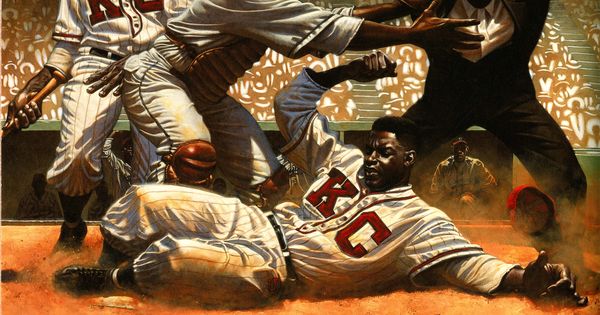Grandfather’s Journey by Allen Say
Grandfather’s Journey by Allen Say. 1993.
I read this book for a children’s lit course way back in college (1997 or so). While I appreciate the family story and love the skilled watercolors, I’m not now and wasn’t then overly enthusiastic about this book.
Artistically, the pictures are very posed (stiff) and though lovely, do not create a sense of movement, an urgency to flip from one page to the next. I suppose they could be seen as poised (vs. posed), like pictures in an old photo album. But does that increase the sense of movement, or further distance the reader?
And although the story gives a sense of history and place, it’s so nostalgic that I wonder if it can really capture a child audience. A lovely tribute to a grandfather, a multicultural travel story, but Great Children’s Literature?
The book is stunningly illustrated, but perhaps one of those (growing number of) picture books more aimed at adults than children.












In The Absolutely True Diary of a Part-Time Indian 14-year-old Arnold (Junior) Spirit fights racism and his tribe’s anger as he tries to escape the alcoholism, depression, and death of life as a reservation Native American. I can see why this book received so much attention.